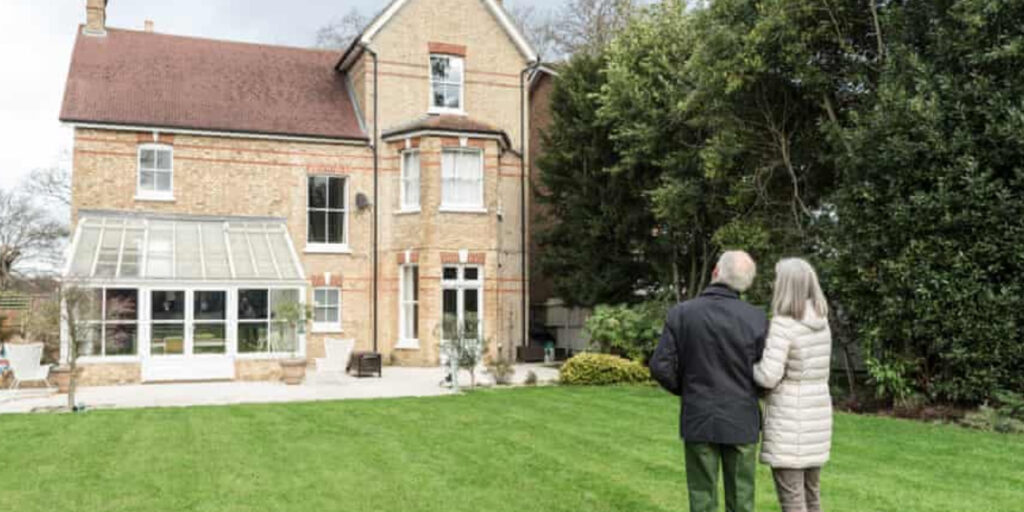The UK housing market has set another record, with the average house price reaching nearly £300,000, according to Halifax, the country’s largest lender. This 1.3% increase in November marks a significant rise, despite ongoing challenges such as the pandemic, the cost of living crisis, and the mortgage market turmoil of recent years. Astonishingly, house prices are now over 25% higher than they were five years ago.
While £300,000 reflects a national average, house prices vary significantly across the UK. Halifax’s data shows averages of £200,000 in Scotland and Northern Ireland compared to £545,439 in London. Yet, house prices have been climbing in all regions, far outpacing income growth.
Drivers Behind Rising House Prices
The consistent growth in house prices can be attributed to several factors. Historically, cheap credit has been a primary driver. Following the 2008 financial crisis, the Bank of England slashed interest rates, leading to lower mortgage rates and larger loans, which in turn boosted property prices.
Government schemes such as Help to Buy and stamp duty cuts have further fueled demand. For instance, Halifax’s index revealed that average prices jumped from £168,482 in 2010 to £239,079 by 2020, reflecting sustained growth.
Another major contributor has been the relaxation of mortgage lending limits. Banks and building societies now allow buyers to borrow up to 4.5 times their income, compared to three times previously. Inherited wealth, particularly from the post-1971 surge in homeownership, has also played a significant role. With family contributions increasingly used for deposits, the so-called “bank of mum and dad” continues to influence the market.
Pandemic and Buyer Behavior
The Covid-19 pandemic temporarily slowed the housing market, but it also triggered a reassessment of buyer preferences. Many sought larger homes and moved out of cities in a trend dubbed the “race for space.” The government’s stamp duty holiday, which exempted properties under £500,000, further boosted demand.
Despite rising mortgage rates—currently averaging 5.49% for two-year fixed loans, compared to 2.34% in late 2021—house prices have continued to climb. Buyers have adjusted their behavior by opting for longer mortgage terms (now averaging 28-31 years) and allocating more of their income to repayments.
Future Outlook
Experts, including Neal Hudson of BuiltPlace, estimate that higher mortgage rates should have led to a 15-20% drop in house prices. However, strong demand and changing buyer strategies have kept prices elevated. Monthly repayments now consume 22% of first-time buyers’ income, a level not seen since 2008.
While December typically sees a slowdown in the housing market, high demand driven by rising rents and the appeal of homeownership suggests that prices will likely continue setting records. Anthony Codling, a property analyst at RBC Capital Markets, highlights that wage growth, coupled with inflation, has a multiplier effect on borrowing capacity, further sustaining house price growth.
As the UK navigates affordability challenges and fluctuating mortgage rates, one thing remains clear: the drive to own property shows no signs of slowing down.


